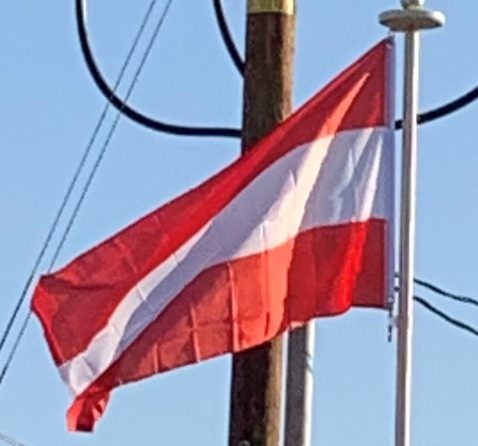Introduction:
Austria, officially the Republic of Austria, is a country in Central Europe comprising 9 federated states. Its capital, largest city and one of nine states is Vienna. Austria has an area of 32,386 square miles and a population of nearly 9 million people. It is bordered by the Czech Republic and Germany to the north, Hungary and Slovakia to the east, Slovenia and Italy to the south, and Switzerland and Liechtenstein to the west. The terrain is landlocked and highly mountainous, lying within the Alps; only 32% of the country is below 1,640 feet, and its highest point is 12,461 feet. The majority of the population speaks local Bavarian dialects as their native language, and German in its standard form is the country’s official language. Other regional languages are Hungarian, Burgenland Croatian, and Slovene.

Austria played a central role in European History from the late 18th to the early 20th century. It initially emerged as a margraviate around 976 and developed into a duchy and later archduchy. In the 16th century, Austria started serving as the heart of the Habsburg Monarchy and the junior branch of the House of Habsburg – one of the most influential royal houses in history. As archduchy, it was a major component and administrative center of the Holy Roman Empire. Following the Holy Roman Empire’s dissolution, Austria founded its own empire in the 19th century, which became a great power and the leading force of the German Confederation. Subsequent to the Austro-Prussian War and the establishment of a union with Hungary, the Austro-Hungarian Empire was created. Austria was involved in both world wars; it started the first one under Emperor Franz Joseph and served as the birthplace of Adolf Hitler, who provoked the second one.
Major urban areas of Austria include Graz, Linz, Salzburg and Innsbruck. Austria is consistently ranked as one of the richest countries in the world by per capita GDP terms. The country has developed a high standard of living and in 2018 was ranked 20th in the world for its Human Development Index. The republic declared its perpetual neutrality in foreign political affairs in 1955. Austria has been a member of the United Nations since 1955 and joined the European Union in 1995. It harbors the OSCE and OPEC and is a founding member of the OECD and Interpol. Austria also signed the Schengen Agreement in 1995, and adopted the euro currency in 1999.
Etymology:
The German name for Austria, Österreich, derives from the Old High German Ostarrîchi, which meant “eastern realm” and which first appeared in the “Ostarrîchi document” of 996. This word is probably a translation of Medieval Latin Marchia orientalis into a local (Bavarian) dialect. Another theory says that this name comes from the local name of the mountain whose original Slovenian name is “Ostravica” (sharp mountain) – because it is very steep on both sides. Austria was a prefecture of Bavaria created in 976. The word “Austria” is a Latinization of the German name and was first recorded in the 12th century. At the time, the Danube basin of Austria (Upper and Lower Austria) was the easternmost extent of Bavaria.
